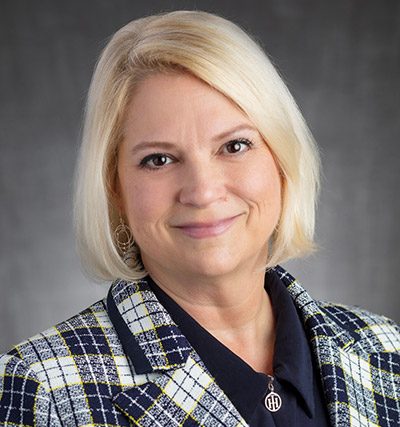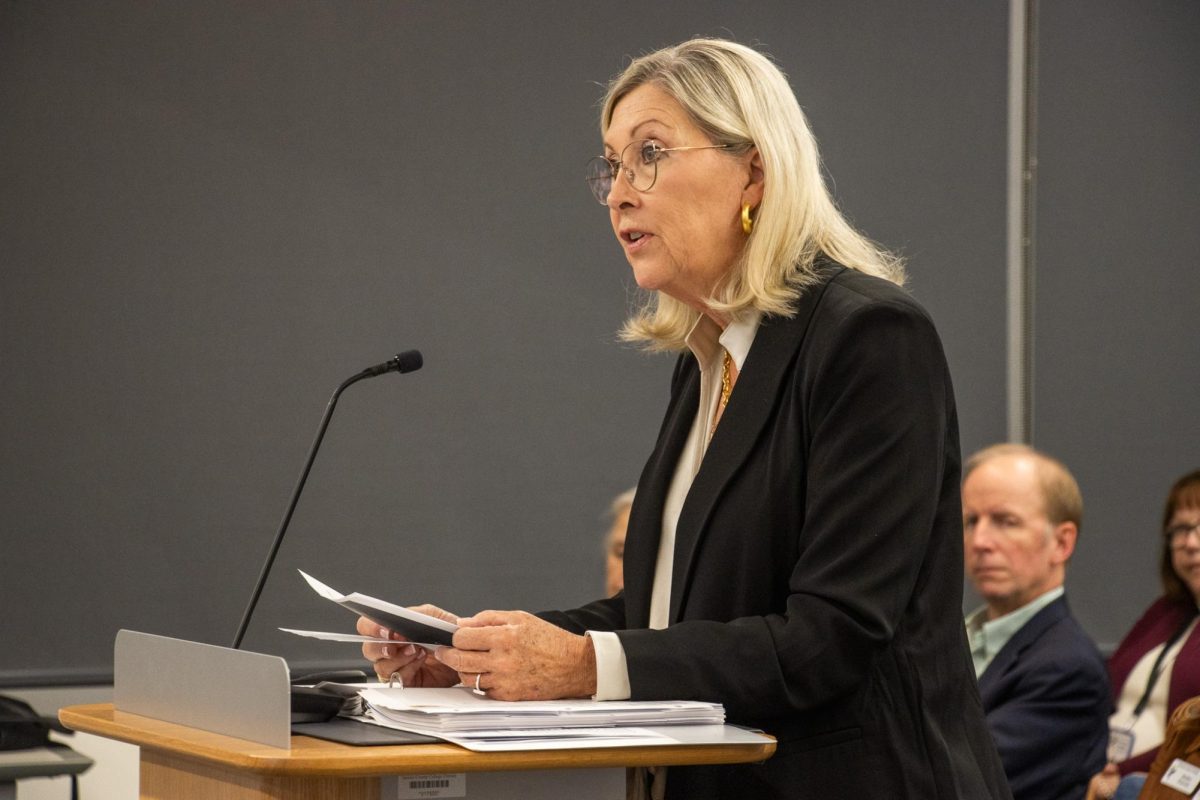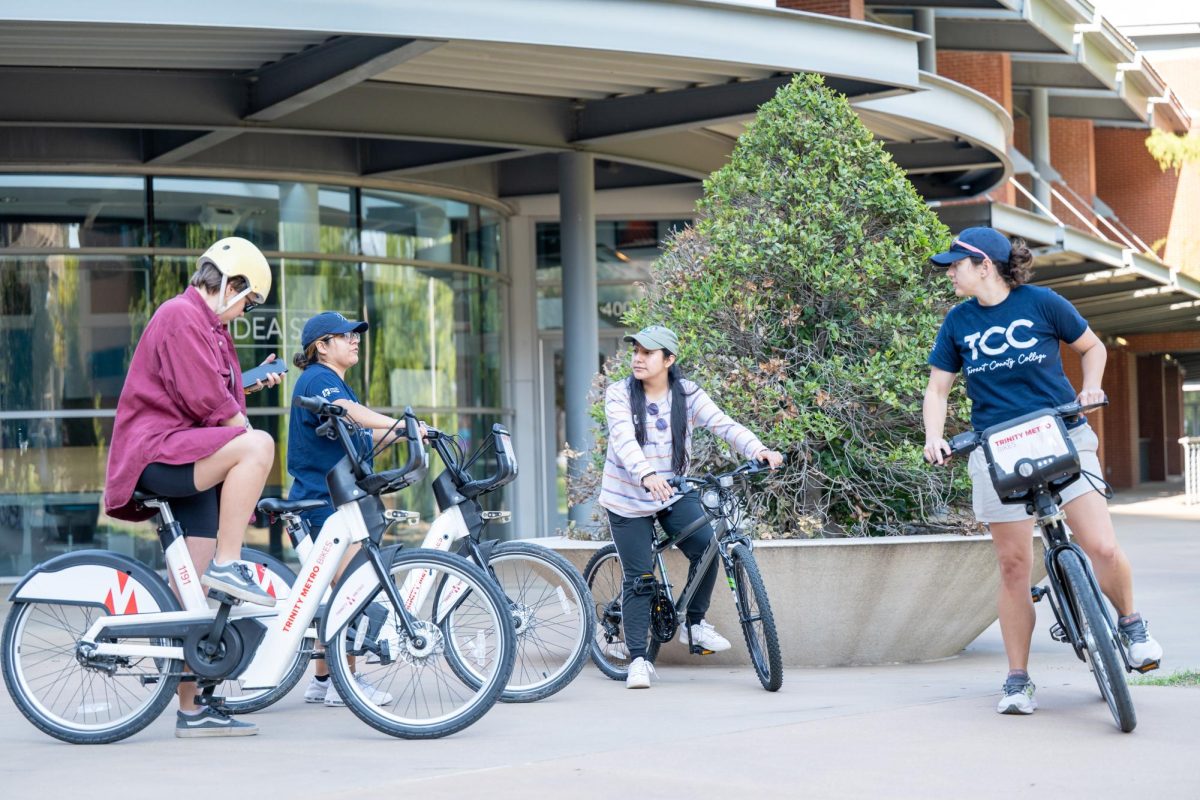A Veteran’s Day event focusing on Native American code talkers during both world wars celebrates the legacy of those whose service remains an important part of military history and Native American Culture.
This presentation highlights Native American tribes like the Navajo, Choctaw and Comanche who played a pivotal role in securing U.S. military communications by using their native languages to create unbreakable codes.
Dr. William Meadows, Professor of Anthropology and Native American studies at Missouri State University, discussed the history and significance of these code talkers. He detailed the challenges that each tribe faced such as intercepted messages and ineffective coding methods and how their languages provided a secure alternative during World War I.
Native American code talkers faced several challenges between both wars.
During World War II, the military had hesitated to expand the code talkers’ program, but the Marines formed their group. The Navajo developed over 700 code terms, while other tribes like the Comanches and Hopi used their languages for secure communication.
During this time Natives were being pushed into boarding schools that discouraged them from using their native language. This shows the importance of code talkers’ contributions, despite the lack of official recognition and the challenges they faced.
“I think the fact that Native American languages were not done away with and that they are being able to be used in a time of combat like WWII,” said TCC Connect campus instructor, Chloe Northrop. “This is a really powerful story.”
This presentation brought on new information for the few that attended. We are still learning more about code talkers.
Recognition was slow for these men who served as code talkers. For the Navajo, they tried keeping their language a secret, but leaks occurred. Choctaw and Comanches were recognized by the state of Oklahoma in the 80’s. Federal recognition came in 2002.
“I think of resilience, survival and ingenuity,” Northrop said. “It makes me hope … that people are still keeping up with these languages.”




































